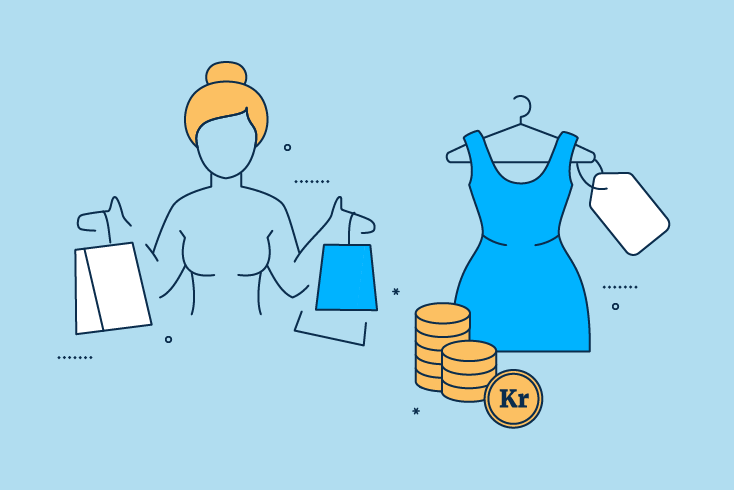Why do we want low and stable inflation?

What is the problem with high inflation?
High inflation over time has a tendency to become entrenched and self-reinforcing. In extreme cases, a self-reinforcing wage-price spiral can lead to hyperinflation, where prices rise rapidly over a short period. In the worst case, confidence in the value of money may disappear.
When inflation is high, it also tends to be more variable. Uncertainty about the inflation outlook increases. When both households and firms become uncertain about their future income and expenditure, economic planning becomes more difficult.
Inflation can also have unintended distributional effects. High inflation can erode purchasing power, which hits hardest those with low incomes and small margins. People with savings will notice that the value of their savings declines.
Deflation: What is the problem with falling prices?
The opposite of inflation is called deflation and means a persistent fall in the general price level. Money increases in value. Strangely enough, this is not a good thing.
The problem with deflation is that it is usually associated with economic downturns. Deflation can in and of itself also trigger a fall in demand, because people put off buying something that they think will be cheaper in the future.
At the same time, the real value of debt becomes ever greater. Higher debt burdens reduce household demand and business profitability. In the worst case, this can lead to a negative spiral where economic activity eventually comes to a halt.
Why can’t we have zero inflation and unchanging prices?
If prices do not change at all, there is neither inflation nor deflation. But in practice, it is difficult to maintain an unchanging price level over time, because the economy is constantly evolving.
Shortages and surpluses of various resources appear periodically. Crises occur. People migrate. Inventions mean opportunities for some and threats for others. Goods and services are constantly improving.
At the same time, there may be structural reasons why it is difficult to change nominal variables in response to developments, such as reducing wages.
Nevertheless, given low and stable inflation, the economy has the flexibility to adjust real prices and wages upward or downward in a way that reflects the constantly shifting demand for goods, services and labour. In other words, a little inflation is beneficial for the functioning of the economy.
Why is the inflation target exactly 2 percent?
There is no set formula for determining the level of inflation that is just right. The main point is that inflation should be at a tolerable distance from falling prices and not so high as to pose as risk of a self-reinforcing wage-price spiral.
Norway and a number of other countries have chosen an inflation target of 2 percent over time. Choosing a specific number as the inflation target gives Norges Bank and everyone else a fixed objective to aim for and to use in planning for the future.
As long as we can be confident that inflation will by and large be low and stable over time, some variations in inflation above or below the specific target we have set will not pose significant challenges.
What is important is the predictability that low and stable inflation provides. Predictability makes it easier to make economic decisions.
Short summary
- In the worst case, high inflation can become entrenched and in extreme cases make our money completely worthless.
- Falling prices, referred to as deflation, can trigger or amplify economic downturns.
- A little inflation is beneficial for the functioning of the economy.
- Low and stable inflation gives us the right mix of predictability and flexibility.